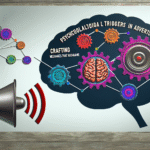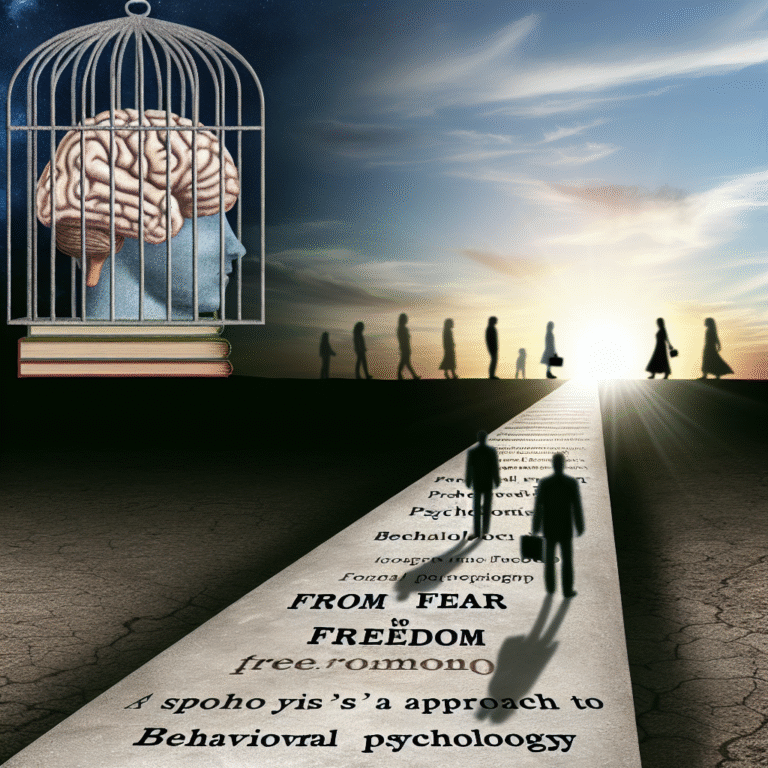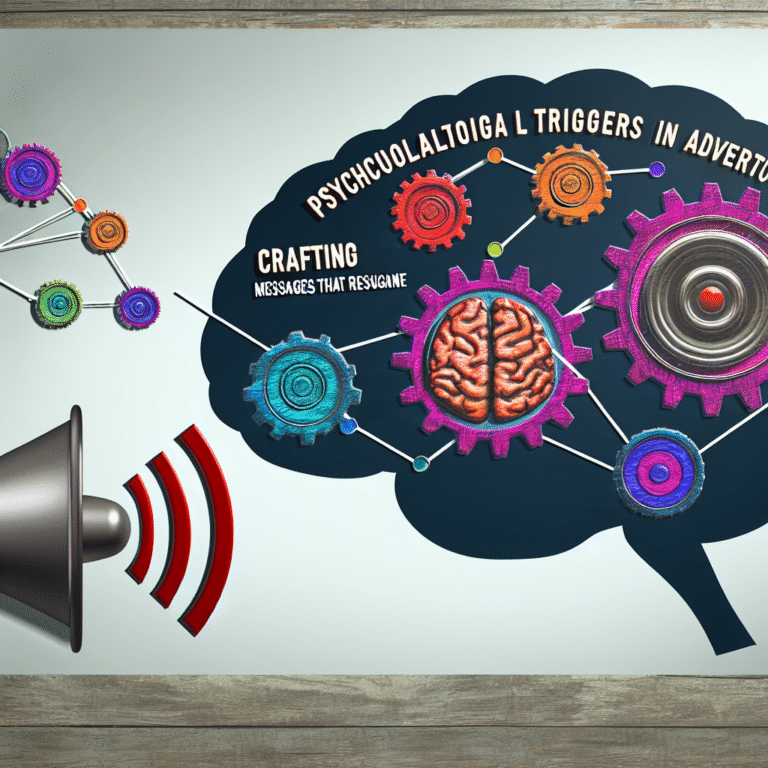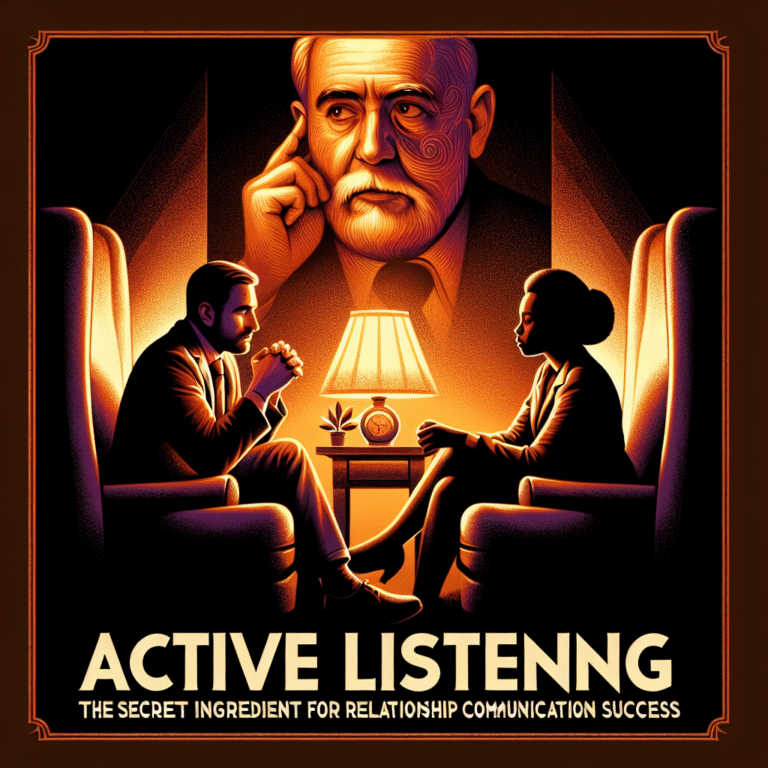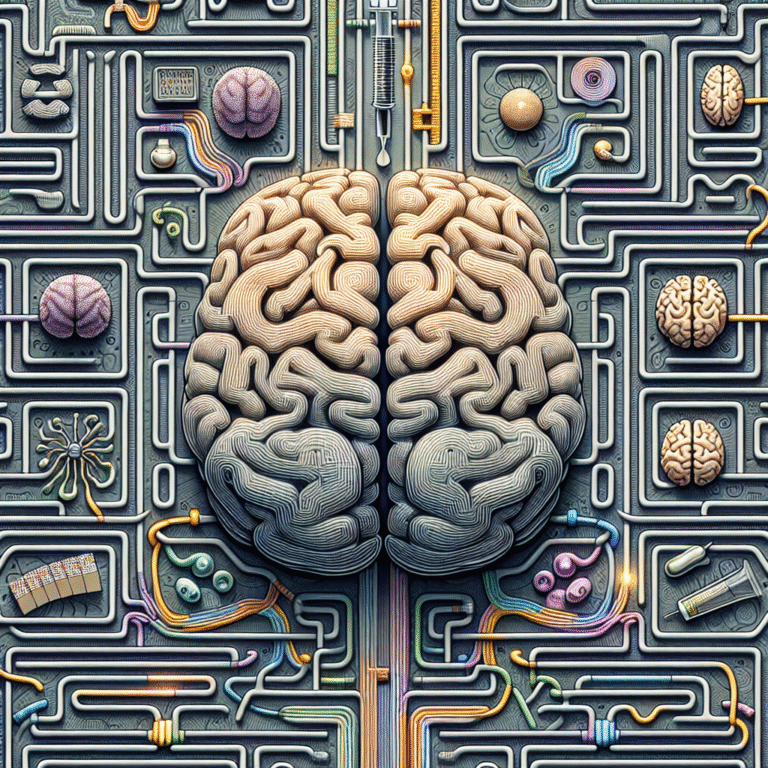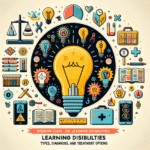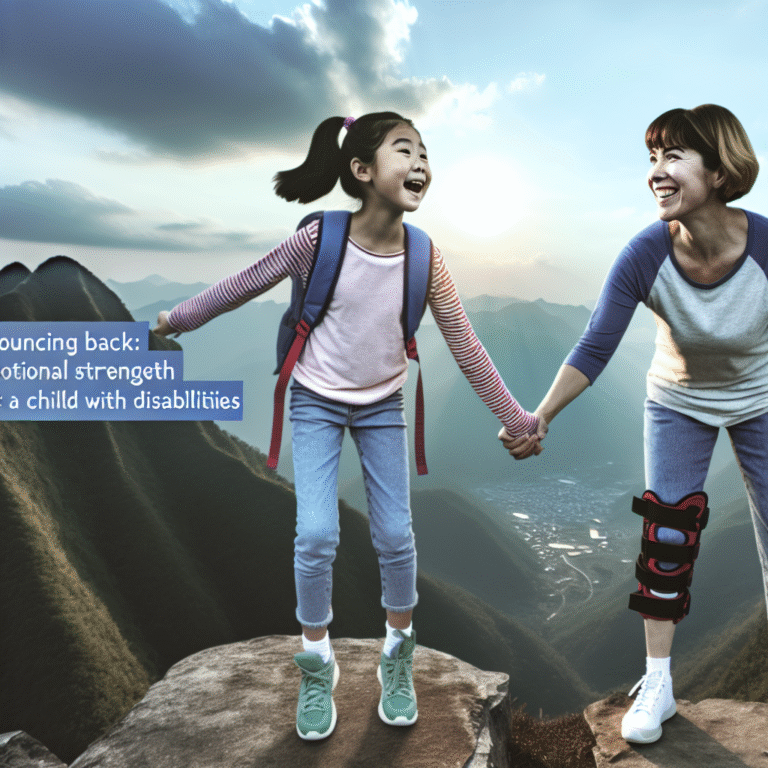
The Essential Power of Feedback: Analyzing Behavioral Psychology’s Impact on Student Success
Introduction
In the realm of education, one truth stands tall: feedback shapes perception, learning, and, ultimately, success. The transformative role of feedback in student development is profoundly linked to principles of behavioral psychology. As educators and learners alike grapple with the challenges of an evolving academic landscape, understanding the dynamics of feedback becomes not just important but essential.
Imagine a classroom where each student receives constructive feedback that not only acknowledges their efforts but also guides them toward improvement. This scenario is not just a fantasy; it encapsulates the essence of "The Power of Feedback: Analyzing Behavioral Psychology’s Impact on Student Success." The ripple effect of effective feedback goes beyond grades; it nurtures resilience, curiosity, and an enduring love for learning. In this article, we will delve deep into the multifaceted relationship between feedback and student performance through the lens of behavioral psychology, offering insights and actionable strategies for educators, parents, and learners.
The Psychology of Feedback: A Foundation for Learning
Understanding Behavioral Psychology
Behavioral psychology, or behaviorism, delves into the mechanisms that drive human behavior, emphasizing observable actions over internal thought processes. B.F. Skinner, one of the field’s pioneers, articulated concepts like reinforcement and punishment, which have profound implications for education. Feedback can be viewed through this prism: it serves as a form of reinforcement that either encourages or discourages specific behaviors in students.
When educators provide feedback, they essentially engage in a reinforcement process. Positive remarks can reinforce a student’s desire to repeat desired behaviors, while constructive criticism can guide them away from unproductive paths. This dual nature of feedback – both as a motivator and a guide – highlights its power in shaping student success.
The Role of Feedback in Learning
Feedback serves several essential roles in the learning process:
- Clarification of Expectations: Effective feedback helps students understand what is required to succeed in their learning objectives.
- Motivation and Engagement: When students receive acknowledgment for their efforts and progress, their motivation to continue learning increases.
- Guidance for Improvement: Constructive feedback highlights areas that need improvement, giving students a roadmap for their academic journeys.
The Power of Feedback in Action
Case Study 1: The Impact of Timely Feedback
In a recent study conducted by the University of Michigan, researchers explored the effects of timely feedback on a group of high school students learning algebra. Students who received immediate feedback after assessments were found to improve their performance significantly compared to those who received delayed feedback.
Analysis
This case highlights the importance of timing in the feedback process. Quick feedback allows students to connect their actions with the consequences almost instantly, thus reinforcing their learning. It directly aligns with the concepts of behavioral psychology, where immediate reinforcement yields more significant learning outcomes.
Case Study 2: Peer Feedback and Collaboration
Another example comes from a collaborative learning project conducted at a Florida university, where students were paired to provide feedback on each other’s presentations. The study found that not only did the students improve their presentation skills, but their critical thinking and collaborative skills flourished as well.
Analysis
This case showcases the social aspect of feedback. Behavioral psychology suggests that interaction and collaboration can amplify learning experiences. Peer feedback not only offers diverse perspectives but also encourages students to engage actively with each other’s learning processes.
Designing Effective Feedback Mechanisms
To harness "The Power of Feedback: Analyzing Behavioral Psychology’s Impact on Student Success," educators must consider several best practices in designing effective feedback mechanisms.
1. Be Specific and Focused
General comments like "good job" or "needs improvement" don’t provide concrete guidance. Specific feedback that highlights strengths and elucidates areas for growth is far more beneficial. For example, instead of saying, "Your essay needs work," a teacher could say, "The introduction is engaging, but the supporting arguments need clearer examples."
2. Encourage a Growth Mindset
Feedback is most powerful when it promotes a growth mindset – the belief that abilities and intelligence can be developed through effort. Encouraging students to view feedback as a tool for growth fosters resilience. Research by Carol Dweck shows that students who embrace this mindset are more motivated and achieve greater success.
3. Implement Regular Feedback Loops
Regular feedback loops, such as weekly check-ins or progress reports, can keep students engaged and focused on their learning journeys. This continual process aligns well with behavioral psychology principles, reinforcing positive behaviors consistently.
The Ripple Effect of Feedback
The power of feedback extends beyond individual student performance. It creates a ripple effect impacting classroom dynamics, school cultures, and even educational policies.
Case Study 3: School-Wide Feedback Programs
An elementary school in California implemented a school-wide feedback initiative, where teachers provided weekly feedback to students and encouraged parents to engage in the process at home. The result? A measurable increase in student engagement and academic performance across the board.
Analysis
This instance illuminates how systematic feedback practices can foster a culture of improvement within educational institutions. When feedback becomes a shared responsibility, it evolves from a classroom tool into a community initiative, enhancing the overall educational ecosystem.
Data-Driven Feedback: Charting Success
The integration of technology in education has opened new avenues for providing and analyzing feedback. Online platforms can streamline feedback processes, making it easier for educators to collect data and adjust their teaching strategies accordingly.
Table: The Impact of Digital Feedback Tools on Student Success
| Tool | Student Engagement | Improvement in Grades | Feedback Timeliness |
|---|---|---|---|
| Google Classroom | High | 15% increase | Immediate |
| Edmodo | Moderate | 10% increase | Same-day |
| Schoology | High | 20% increase | Real-time |
The table above illustrates the correlation between digital feedback tools and student success. These tools not only increase engagement but also facilitate timely feedback, which is crucial for maximizing learning.
Conclusion: Empowering Student Success through Feedback
In closing, the journey toward harnessing "The Power of Feedback: Analyzing Behavioral Psychology’s Impact on Student Success" highlights its indispensable role in education. Feedback is not just a tool; it is a powerful ally that can transform student learning experiences, inspire resilience, and lay the groundwork for lifelong learning.
Educators, parents, and students alike are encouraged to embrace feedback as a continuous journey – one that requires reflection, adaptation, and an openness to grow. By doing so, we can cultivate a robust educational environment that champions student success.
FAQs
1. What is the most effective type of feedback for students?
The most effective feedback is specific, timely, and actionable. It should provide clear insights into what a student did well and where they can improve.
2. How can feedback foster a growth mindset in students?
When feedback focuses on effort and improvement rather than inherent ability, it helps students understand that they can develop their skills through hard work and persistence.
3. How often should feedback be given?
Regular feedback is essential. Depending on the context, weekly or even daily feedback can help maintain engagement and guide students effectively.
4. What role does peer feedback play in the learning process?
Peer feedback fosters collaboration, encourages critical thinking, and allows students to learn from each other, enhancing their understanding of the material.
5. How can technology improve the feedback process?
Technology can enhance feedback by providing platforms for real-time communication, data collection for progress tracking, and efficient ways to deliver tailored feedback to students.
By embracing these insights and methods, we can tap into the true power of feedback, creating environments that not only support student success but also inspire a passion for lifelong learning.

